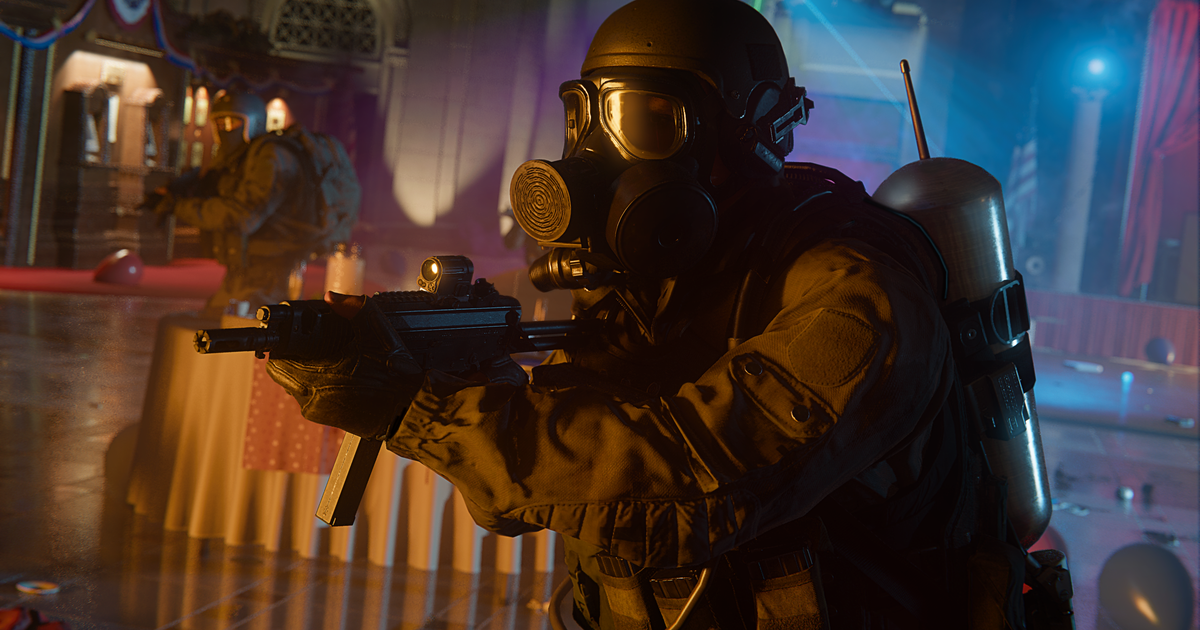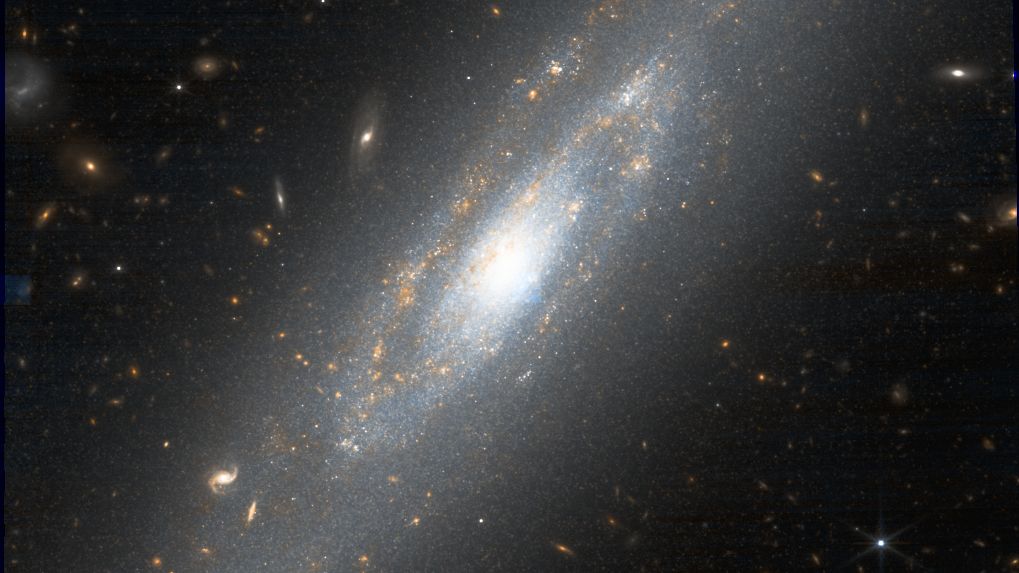The return of Boeing’s Starliner spacecraft, carrying its first crew of astronauts from the International Space Station (ISS), has been delayed once more. The new target date for the spacecraft’s return is June 26, according to NASA officials.
Mission Details and Implications for Starliner’s Return
NASA astronauts Butch Wilmore and Suni Williams were launched aboard the Starliner on June 5. During their 24-hour journey to the ISS, the spacecraft encountered several issues, including four helium leaks and five failures of its 28 maneuvering thrusters. According to Mark Nappi, Boeing’s Starliner program manager, “We’ve learned that our helium system is not performing as designed. Albeit manageable, it’s still not working like we designed it.” He added that Boeing intends to “fully eliminate” both issues before the Starliner flies again. “The good thing about the situation is that we can stay up on ISS a little bit longer and get as much data as we possibly can so that we can fully understand this to the best of our ability.”
This mission represents a critical test for Boeing, as it is the last major hurdle before NASA can certify the Starliner for routine astronaut missions, complementing SpaceX’s Crew Dragon as the second U.S. crew vehicle.
Steve Stich, NASA’s commercial crew program manager, explained the reason for the delay saying: “We’re taking extra time given that this is a crewed vehicle, we want to make sure that we haven’t left any stone unturned. We also want to look at the systems and potential interaction between the systems and make sure we haven’t missed something before we return.”
“I like the fact that the vehicle is staying a little longer,” he added. “I like the fact that we’re watching how the vehicle performs thermally, how the space station charges the batteries. We’re getting to see those kinds of cycles, which we absolutely need for the subsequent missions. … So I think there’s a silver lining in staying a little (longer at the space station).”
Historical Challenges and Current Mission
The Starliner program has faced numerous challenges over the years. A significant setback occurred during a 2019 uncrewed test when software glitches, design problems, and management issues prevented the spacecraft from docking with the ISS. A repeat uncrewed test in 2022 was successful, but the current crewed mission has highlighted ongoing concerns.
NASA emphasized the importance of ensuring all systems are fully operational before the spacecraft’s return. “Starliner’s first flight with astronauts is a crucial last test in a much-delayed and over-budget program before NASA can certify the spacecraft for routine astronaut missions,” noted the agency.
The Starliner is designed for future six-month missions but can stay docked to the ISS for a maximum of 45 days during its current mission. The return journey to Earth is expected to take about six hours, with potential landing sites in the deserts of Utah, New Mexico, or other backup locations, depending on local weather conditions.
Future Considerations and Ongoing Efforts
The continuous delays and technical issues with Boeing’s Starliner underscore the complexities of developing reliable crewed spaceflight capabilities. As NASA prepares to certify the spacecraft for regular missions, these final tests are crucial to ensuring the safety and reliability of the vehicle. The Starliner’s successful certification would mark a significant milestone, providing NASA with a robust backup to SpaceX’s Crew Dragon and enhancing the U.S. capability for manned space missions.
NASA’s commitment to thorough testing and analysis before certifying the Starliner reflects the agency’s dedication to astronaut safety and mission success. The outcome of the Starliner’s mission will have lasting implications for Boeing’s role in space exploration and NASA’s plans for future crewed missions to the ISS and beyond. Continued monitoring and analysis will be essential as the mission progresses towards its new target return date.
The delays also highlight the importance of collaboration between NASA and its commercial partners in addressing and overcoming technical challenges. As the space industry evolves, such partnerships will be critical in achieving long-term goals of sustained human presence in space.

Dr. Thomas Hughes is a UK-based scientist and science communicator who makes complex topics accessible to readers. His articles explore breakthroughs in various scientific disciplines, from space exploration to cutting-edge research.








